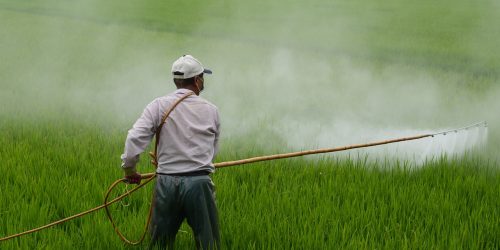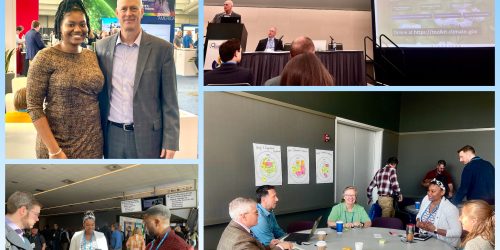Accurately modeling and predicting surface ozone remains a big challenge for models, despite the increasing number of ozone measurements. Since ozone is not directly emitted into the atmosphere, changes in the way ozone forms in the atmosphere over short distances and over time is important to understand if we hope to implement effective mitigation and reduce impacts to human health and local ecosystems. A new research study, funded in part by the Climate Program Office’s Atmospheric Chemistry, Carbon Cycle and Climate (AC4) Program and published in Environmental Science & Technology, uses airborne and ground-based measurements to investigate changes in chemical ozone production processes in two urban domains: New York City and Baltimore/Washington D.C.
A group of researchers, including AC4-funded scientist Róisín Commane of Columbia University and NOAA Climate and Global Change Postdoctoral fellow Xiaomeng Jin, used observations from high ozone days during the summer of 2018 and found increased formaldehyde (HCHO) and nitrogen dioxide (NO2) at these times, both of which are linked to ozone production. The researchers explain that increased temperatures may work to amplify HCHO concentrations, while increased use of electricity on hot days leads to higher emissions of NO2. These results offer new insights into ozone formation processes in the atmosphere, and emphasize the value of field campaigns to collect observational data on air quality. AC4 funds research to improve our measurements and modeling of urban air quality to inform decision making. These types of measurements will be taken in urban areas, particularly in New York, throughout the US as part of NOAA-led AEROMMA field campaign, and its interagency umbrella, AGES (AEROMMA, GOTHAAM, EPCAPE, STAQS).










